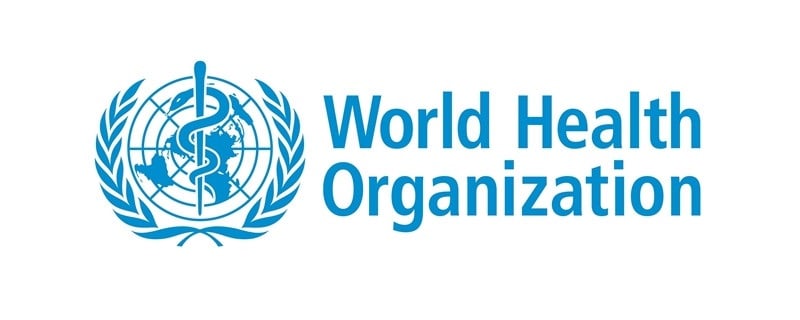Zambia is grappling with an unprecedented outbreak of anthrax, with at least 684 suspected human cases, including four deaths, according to the World Health Organization (WHO).
The outbreak spans nine out of 10 provinces in the country, marking a significant and widespread occurrence.
Anthrax, a zoonotic disease caused by Bacillus anthracis bacteria, primarily affects ruminants like cows, sheep, and goats.
The disease is known for its high lethality rate, especially in the pulmonary form, where toxins produced by the bacteria cause severe symptoms.
Related News: Study Reveals 40 Million Women at Risk of Long-Term Health Issues Post Childbirth
Humans can contract anthrax through contact with infected animals or contaminated animal products.
Hospitalization is required for all identified human cases, and vaccines are available for both livestock and humans, though in limited supply.
The United Nations has raised concerns about the high risk of the outbreak spreading within Zambia due to unrestricted animal movement and carcasses within and between provinces.
The regional risk is also deemed high, given the frequent movement of animals and people between Zambia and neighboring countries.
The WHO reported that the outbreak was first notified on November 1, 2023, with the initial human cases reported in May 2023 in the Sinazongwe District of the Southern Province.
The disease is linked to the consumption of meat from wild hippopotamus carcasses. Sinazongwe district is the epicenter, accounting for a significant portion of the cases and deaths.
As of November 20, 2023, the affected provinces include Southern, Western, Lusaka, Eastern, and Muchinga, with the majority of cases epidemiologically linked to confirmed cases.
The WHO highlighted the urgency of addressing the outbreak and providing necessary support to control its spread.
You can also read: Public Health Expert Urges Men to Speak on Gender-Based Violence


